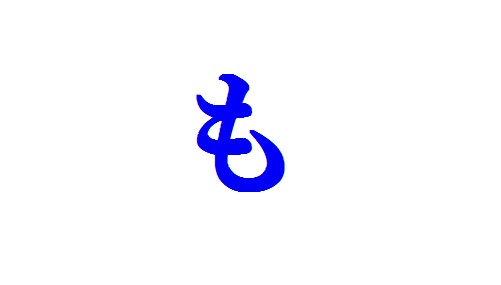Use the auxiliary verb も in Japanese
Use the auxiliary verb も in Japanese. Hi everyone! In this series of articles, LearnJapanesedaily will introduce to you the auxiliary verbs in Japanese and their usages.
Contents
Use the auxiliary verb も in Japanese :
1. Means also
私は学生です。山田さんも学生です。
watashiha gakusei desu. Yamadasan mo gakusei desu.
I’m a student. Yamada is also a student.
2. Used to list out similar things, means “both”
このパーティーには、先輩も後輩もいる。
kono pa-thi- niha, senpaimo kouhaimo iru.
In this party, there are both seniors and juniors.
3. Used to add things up, means “too”
この店は洋服はもちろんが、和服も売っていますよ。
konomiseha youfukuha mochironga, wafukumo utteimasuyo.
Of course this store has modern clothing, but there is traditional Japanese clothing too.
4. Used to emphasize
この言葉のリストだけを覚えるのに1週間もかかるの。
kono kotobano risutodakewo oboerunoni isshuukan mo kakaruno.
It takes you a week to memorize this vocabulary list?
彼なら僕は何度も話し合ったよ。
karenara bokuha nandomo attayo.
I have seen him several times.
5. Used to emphasize in negative sentences
彼に3回電話をかけたが、一回も出てくれなかった。
kareni sankai denwawo kaketaga, ichidomo detekurenakatta.
I have called him 3 times, but he didn’t even pick up once.
6. Used as a habit
もう誰も彼も行っちゃったか。
mou daremo karemo icchattaka.
Did everyone, he, too, leave?
Above are 6 ways to use the auxiliary verb も in Japanese. Checkout other articles in this series: Auxiliary verbs in Japanese
